Dealing with a stretched plant? Here are some tricks so you don’t have to repot—just try these to fix leggy succulents!
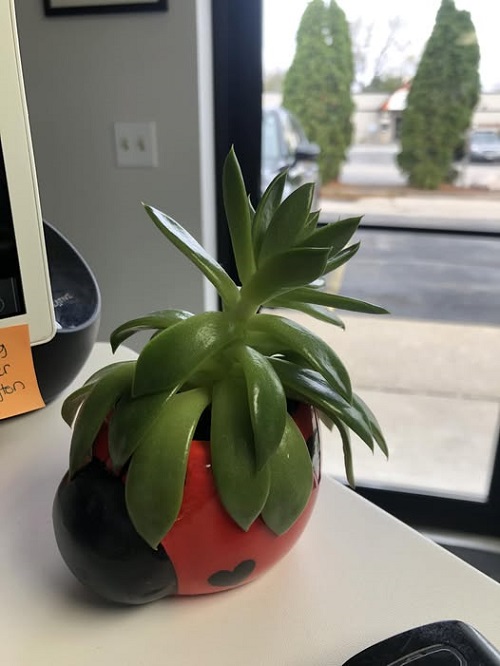
So, your pretty little succulent has been showing signs of etiolation, or stretching. Well, that’s never a good look, and it actually is a cry for help from your succulent. You need to make some major changes in its care to help fix leggy succulents without repotting.
Tips to Fix Leggy Succulents Without Repotting
1. Assess the Plant
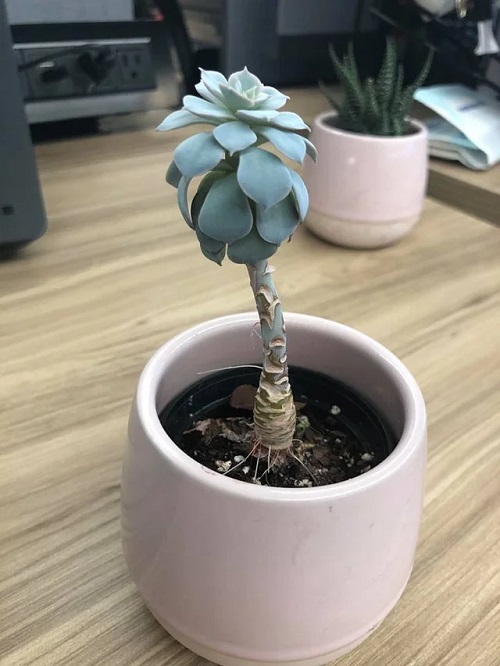
The most crucial step before you do anything for your plant is to understand the damage. Sometimes, your succulent might be only slightly stretched, which means just one or two small changes can set things right.
On the other hand, if your succulent is well past that level of damage, you’ll need to take more serious action.
For example, if your Echeveria seems to have etiolated and become top-heavy but is still holding a rosette at its crown, it’s not too far gone; you’re only in real trouble if that rosette is gone.
2. Lots of Light!
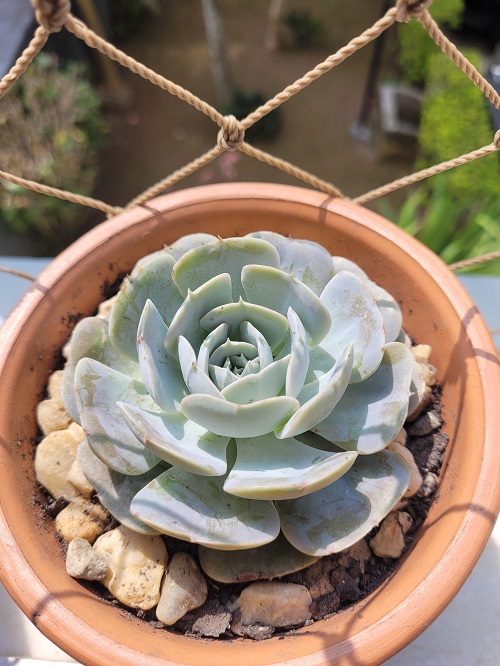
Usually, this is the panacea to your ‘stretchy succulent’ problem. When you see a stem or multiple stems stretching out toward a light source, you give them what they want. But wait, there’s a proper way to do this!
Don’t rush your succulent into full sun right away—sunburn is real! Instead, slowly increase the light that it is receiving daily, giving it 30 minutes of extra sunlight every day.
Continue this until your plant receives no less than 4 to 6 hours of direct sunlight daily. If you don’t have access to bright windows, consider using grow lights—they’re a simple fix that works wonders.
Also, wipe those windows clean! A layer of dust might not seem like much, but it can seriously cut down the light your succulent gets. A quick clean can actually make a noticeable difference.
3. Keep Rotating the Plant
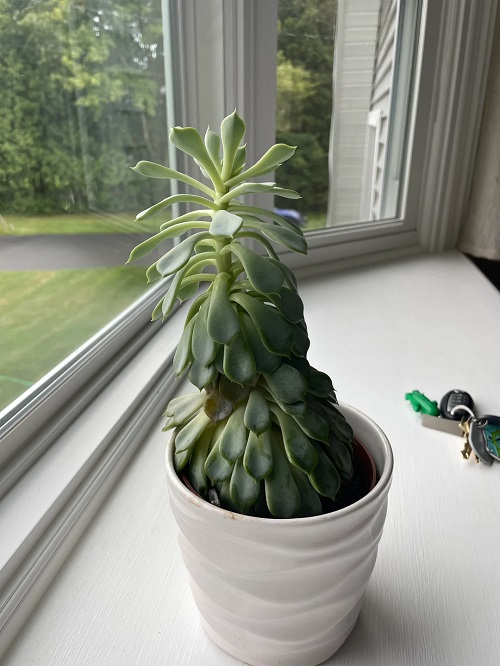
The obvious next step is to keep rotating your plant. As the stretched side begins soaking in the sun, make sure the other side gets its fair share too. This keeps things looking balanced.
Once your succulent starts growing evenly, get into the habit of turning it about 90 degrees every week. That way, it grows straight and symmetrical.
4. Trim Off the Leggy Leaves
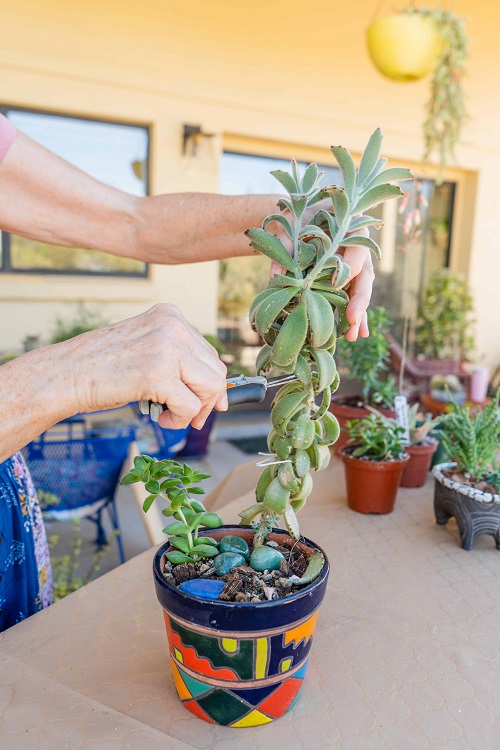
This is a more drastic step for when you notice a few stems beyond help. If more light isn’t fixing the stretch, it’s time to bring out the scissors.
Use a sharp, clean pair to trim stems that have stretched too far. Usually, these can never return to their former glory and can lead to the plant becoming top-heavy.
The best part is that you can propagate these cuttings into new plants, which is never a bad thing!
5. Propagate!
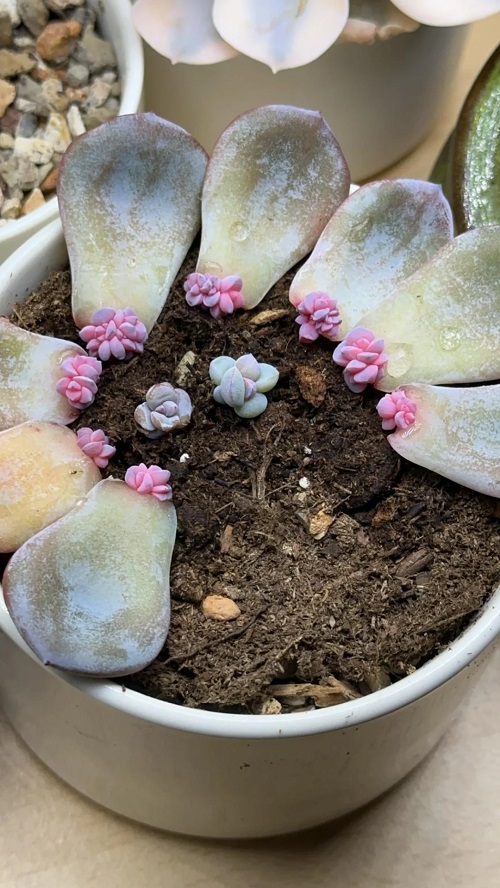
So, you have plenty of new stem cuttings that would have been bad for the original plant. These should be about two to three inches with their lower two leaves attached.
Let the cut stems ‘callus’ over or dry first for a day or two. In a new pot, add well-draining succulent or cactus soil mix and plant the cuttings. Whenever you notice the soil is dry, mist it gently.
In about two to four weeks, you will see the cuttings grow new leaves. This is when you can gradually increase the lighting and return watering to normal or err on the drier side.
Tip: If you want your new cuttings to grow more compact and rosette-like, make sure they’re getting enough direct morning sun during those first few weeks.
6. Boost Air Circulation Around the Plant
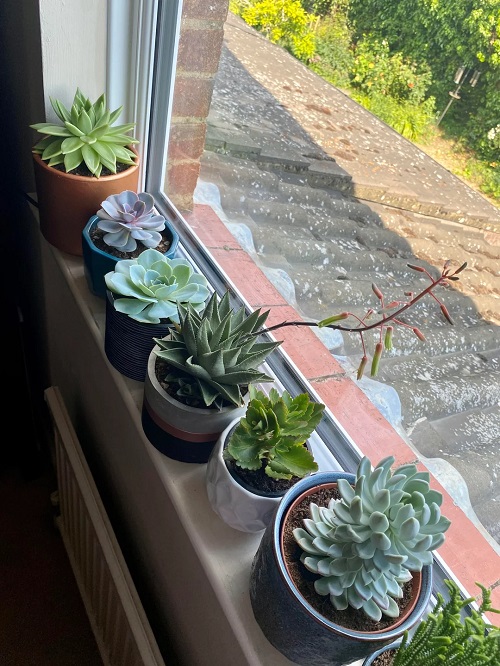
Sometimes, leggy growth isn’t just about light—it’s also about stale air. When airflow is poor, your succulent’s growth slows, and the plant stretches out trying to “breathe.”
Try moving it to a spot where there’s gentle air circulation, like near a fan or a window that’s slightly ajar. But be careful—don’t let it sit in cold drafts!
Good airflow also helps prevent mold and mildew, especially when you’ve recently watered or are trying to root cuttings. Think of it like giving your plant a bit of breathing room—fresh air can do wonders!
And as they say, a breath of fresh air never hurt anyone—your succulent included.
7. Watch Your Watering Habits
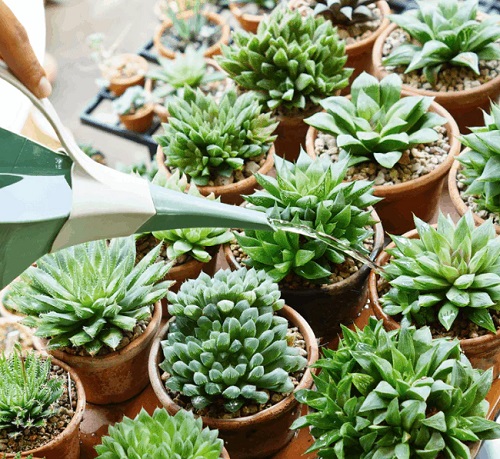
Too much water can weaken your plant and make it more prone to flopping or stretching. Try the “soak and dry” method: water deeply, but only when the soil is completely dry. This helps the roots grow stronger and the plant stays more compact.
Also, avoid late-evening watering—especially if airflow is low. Water sitting overnight can create the perfect storm for rot or fungus.
Oftentimes, you will be able to revive your plant just by these few tricks, and there will be no need to repot your plant. Follow these tips and let us know how it goes for you in the comments below!







